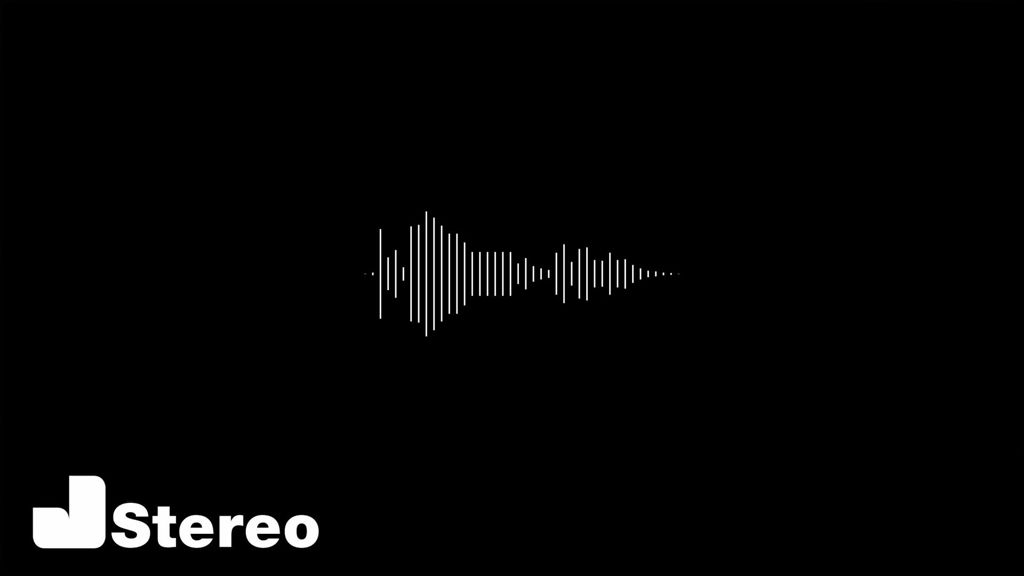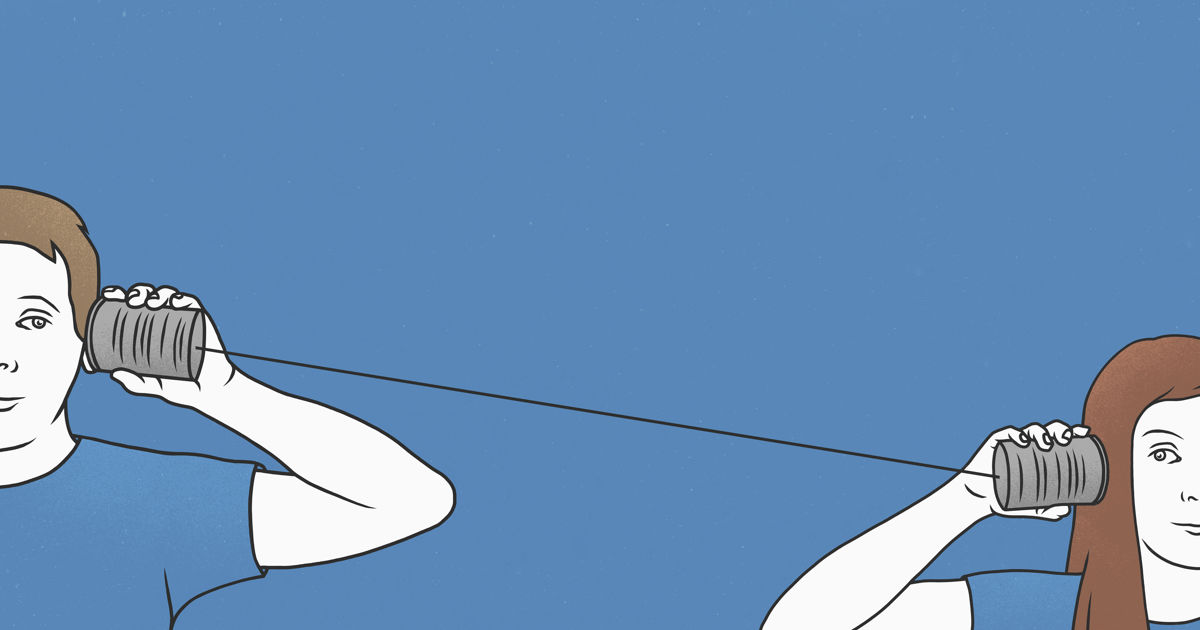How to... listen, not hear
Jungle Studios’ Chris Turner on immersing listeners with binaural recordings, triggering episodic memories and how it affects the future of audio.
When was the last time you heard your alarm clock? Was it this morning as your phone sprung to life shouting that a new day had dawned? Or, perhaps it was at the weekend as you attempted to bake Yorkshire puds, the sharp short beeps keeping you from burning the edges to a crisp yet again?
So, now I’ll rephrase the question, when was the last time you listened to it?
When was the last time you really paid attention to the incessant beeps, the subtle buzzes, the simultaneous morning chorus; chirping birds, fading cars, and your partner humming tunelessly in the shower?
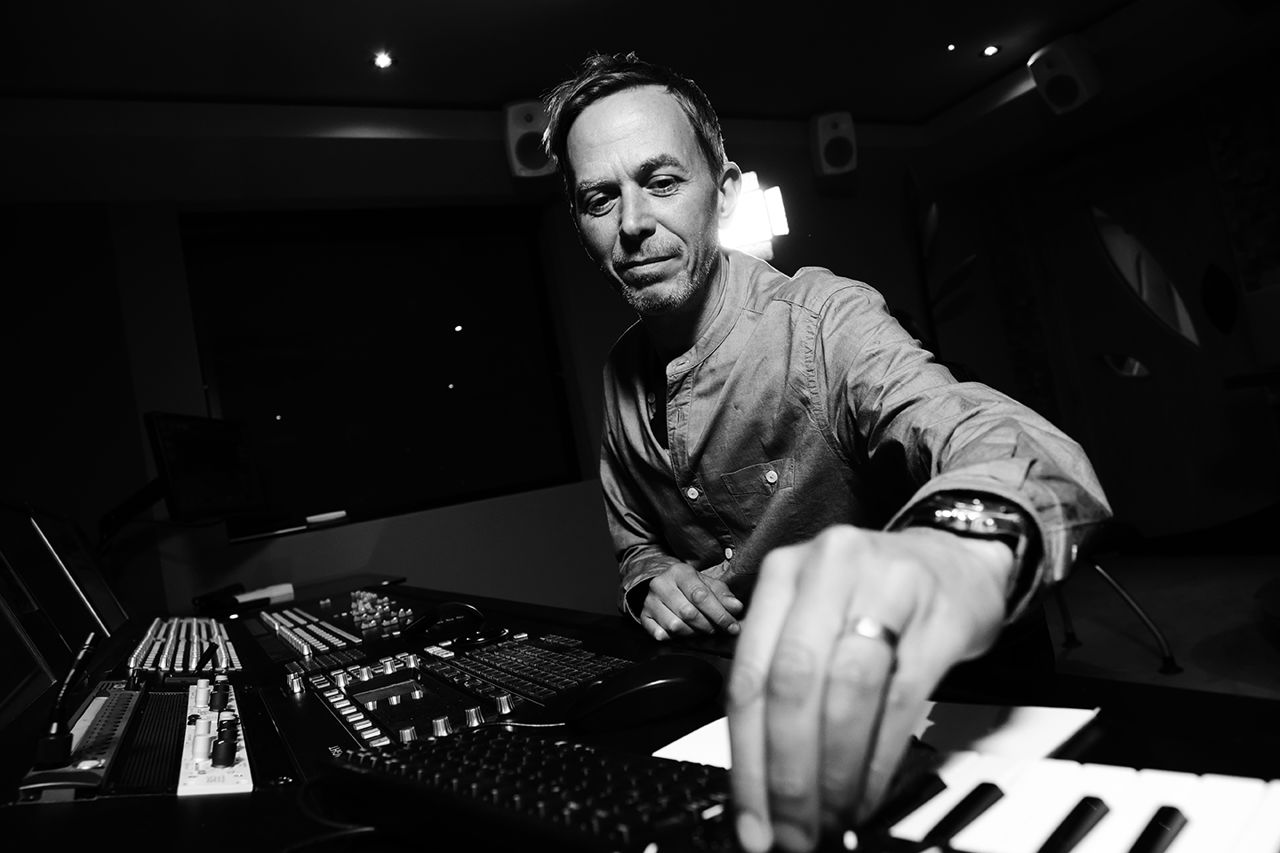
Above: Jungle Studios’ Chris Turner
There’s a difference between hearing and listening, and our brains have become so infinitely adept at filtering out the background noise, that we often ignore the unobtrusive soundtracks actually narrating our lives.
We pass through our lives hearing everything and ignoring about 70% of it. Whilst we hear the baby crying in the middle of the night, we’re not alerted to the baby murmuring or giggling.
Evolutionary wise, our brains have become attuned to our modern lives - where before they had to stay aware and alert for an approaching predator, they now only need to filter out inane conversations and incessant summer crickets - their task is much changed.
We pass through our lives hearing everything and ignoring about 70% of it.
But what does this mean for a sound designer - how can we create experiences that mimic real life, if most people aren’t tuned in to most of it?
I’ve found it all comes down to storytelling and our ability to totally immerse the listener in the experience. The future of audio is undeniably immersive, and the audio-bubbles of individual listening are prime opportunities to do so.
MET Police – Easy - Binaural
MET Police – Easy - Stereo
Above: A sample of a binaurally recorded ad for the Metropolitan Police, created by Turner.
As humans, we possess things called episodic memories. These are the sounds we experience in different episodes of our lives, stored in our brains, containing information about certain times, places, and our associated emotions with the experience. When we hear these sounds again, our episodic memories are triggered as well as the contextual emotions we associate with them. For a sound designer, this is fertile ground. Not only can I tap into the alert part of your brain, but I can manipulate the way you feel upon hearing sounds too.
However, episodic memory is only half of the puzzle. Immersive audio experiences are an equal mix of understanding cognitive behaviour and capturing sound in the same 360° format we would hear in the ‘real’ world. Our episodic memories aren’t stored as basic sounds, they’re contextualised information blocks, with references as to where the sound came from, at what volume, and at what speed. To accurately tap into these memories, we need to record our manufactured sounds in the same way.
If a sound was to come from the right, it first has to pass through, or go around our heads, in order to reach the left ear.
Our ears are able to determine the volume, arrival time and frequency of a sound, made slightly different depending on whether it has to travel around the mass of our head or any other object. If a sound was to come from the right, it first has to pass through, or go around our heads, in order to reach the left ear.
Similarly, to sound waves passing through physical objects or walls, our heads absorb or block the sound - changing the frequency of the sound arriving at the left ear. This is how we hear everything we have ever heard and how our episodic memories are stored in the pulsing grey matter stored inside our craniums.
Fully immersive storytelling is a reality, with an estimated 70% of people listening to audio on their smartphones via headphones every day.
So, to tap into the emotion of memory, to accurately recreate the intrinsically binaural human condition, sound designers work with immersive 360° audio. But what does that mean exactly?
Over a century ago, a microphone was invented that allowed you to record the world exactly as humans hear it - but there was a problem. Because it only worked if the participant listened to the recording on headphones - it was considered a novelty. Fast forward to today and fully immersive storytelling is a reality, with an estimated 70% of people listening to audio on their smartphones via headphones every day.
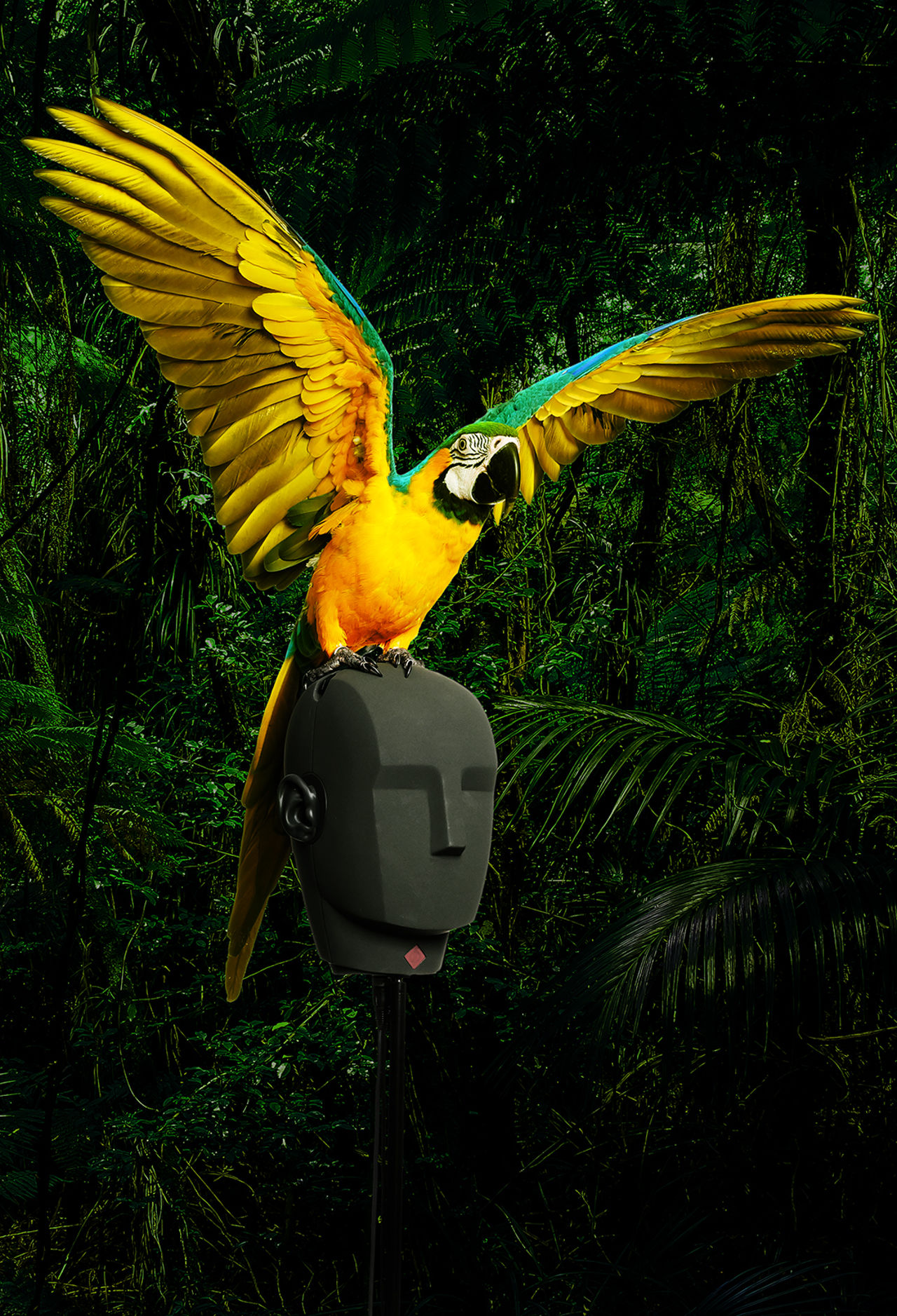
Above: Bert, the binaural microphone
For my binaural recordings, I use Bert. My trusty binaural microphone modelled in the shape of a head, replete with rubber ears that have an omni-directional microphone in each ear canal. Bert picks up sound from all directions and hears in the same way that we do.
Whereas stereo (the most common audio format) only picks up sound to the left and right of you, Bert mimics the human head - recording sound at varying volumes, frequencies and arrival times.
When I play binaural recordings, listeners look over their shoulders, sure that the roaring lion or approaching car is right behind them.
Now, when I play binaural recordings, listeners look over their shoulders, sure that the roaring lion or approaching car is right behind them; the fact that so many people are listening to content on their smartphones with headphones every day is the cherry on the very delicious cake. The medium to immerse our listeners is there; the content, technology, and opportunity is there.
So, let’s work more on listening and less on hearing.
More on recreating the world as it is - not how our brains perceive it to be.
)

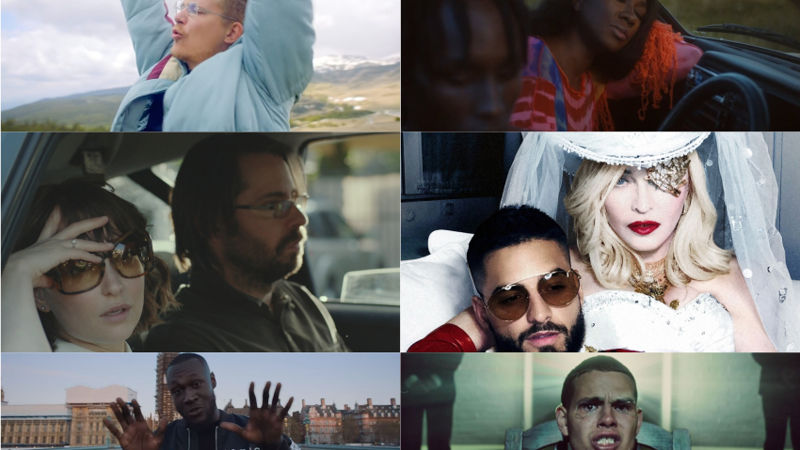


 + membership
+ membership


